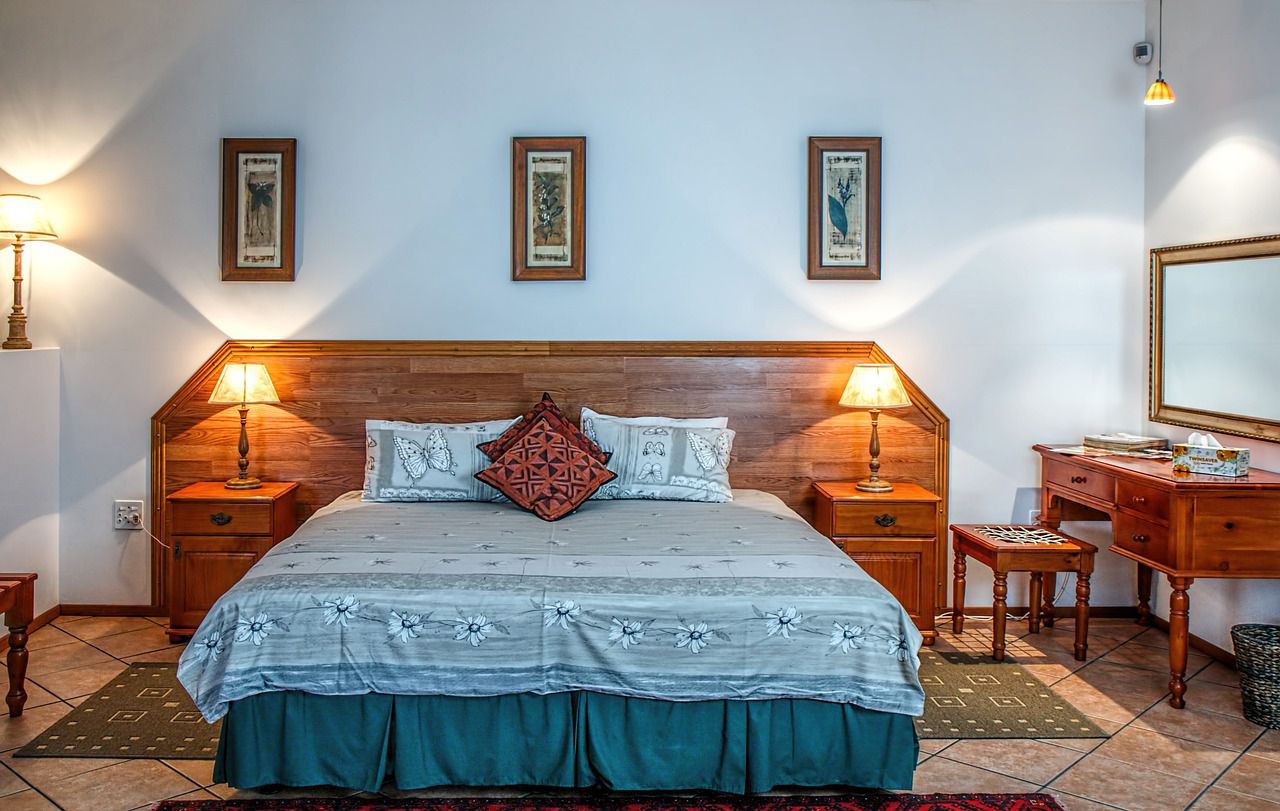Creating good lighting in a dark apartment involves strategic planning and a combination of lighting sources to brighten up the space and make it feel more welcoming and comfortable.
But what to do if your apartment lacks natural light?
Here's how you can achieve effective lighting in a dark apartment.
Maximize Natural Light
Keep window treatments light and sheer to allow as much natural light as possible to enter the space.
Avoid heavy curtains or blinds that block light completely.

Place mirrors on walls opposite windows to reflect and amplify natural light.
Use Different Types of Lighting
Ambient Lighting provides overall illumination and can be achieved with ceiling fixtures, pendant lights, or chandeliers.
Choose light fixtures that distribute light evenly across the room.
Install task lighting in areas where focused activities take place, such as reading, cooking, or working.
Table lamps, floor lamps, and under-cabinet lights are great options.
Add accent lighting to highlight specific features like artwork, architectural details, or decorative objects.
Wall-mounted sconces or adjustable spotlights work well for this purpose.
Choose Light Colors
Opt for light-colored furniture, walls, and decor to help reflect and bounce light around the room.
Consider using light-colored rugs, upholstery, and curtains to create a brighter atmosphere.
Strategic Placement
Position light fixtures strategically to evenly distribute light throughout the room.
Place floor lamps and table lamps near seating areas to provide focused illumination for reading or other activities.
Use Mirrors
Hang mirrors on walls adjacent to windows to reflect natural light and create the illusion of a larger, brighter space.
Mirrors also bounce artificial light, making the room appear brighter.









